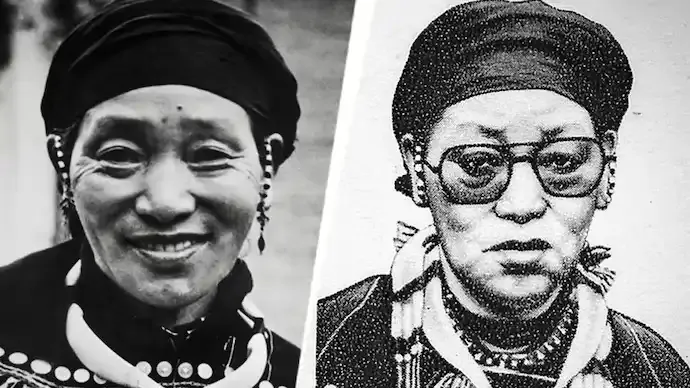Shopping cart
Your cart empty!
Terms of use dolor sit amet consectetur, adipisicing elit. Recusandae provident ullam aperiam quo ad non corrupti sit vel quam repellat ipsa quod sed, repellendus adipisci, ducimus ea modi odio assumenda.
Lorem ipsum dolor sit amet consectetur adipisicing elit. Sequi, cum esse possimus officiis amet ea voluptatibus libero! Dolorum assumenda esse, deserunt ipsum ad iusto! Praesentium error nobis tenetur at, quis nostrum facere excepturi architecto totam.
Lorem ipsum dolor sit amet consectetur adipisicing elit. Inventore, soluta alias eaque modi ipsum sint iusto fugiat vero velit rerum.
Sequi, cum esse possimus officiis amet ea voluptatibus libero! Dolorum assumenda esse, deserunt ipsum ad iusto! Praesentium error nobis tenetur at, quis nostrum facere excepturi architecto totam.
Lorem ipsum dolor sit amet consectetur adipisicing elit. Inventore, soluta alias eaque modi ipsum sint iusto fugiat vero velit rerum.
Dolor sit amet consectetur adipisicing elit. Sequi, cum esse possimus officiis amet ea voluptatibus libero! Dolorum assumenda esse, deserunt ipsum ad iusto! Praesentium error nobis tenetur at, quis nostrum facere excepturi architecto totam.
Lorem ipsum dolor sit amet consectetur adipisicing elit. Inventore, soluta alias eaque modi ipsum sint iusto fugiat vero velit rerum.
Sit amet consectetur adipisicing elit. Sequi, cum esse possimus officiis amet ea voluptatibus libero! Dolorum assumenda esse, deserunt ipsum ad iusto! Praesentium error nobis tenetur at, quis nostrum facere excepturi architecto totam.
Lorem ipsum dolor sit amet consectetur adipisicing elit. Inventore, soluta alias eaque modi ipsum sint iusto fugiat vero velit rerum.
Do you agree to our terms? Sign up

In a remote corner of the Naga Hills, where mist rolls across ancient forests and tribal traditions run deep, a young girl once rose to challenge one of the world’s most powerful empires. Rani Gaidinliu, barely 13 years old, became a symbol of defiance whose courage continues to inspire generations across India.
Born in 1915 in Nungkao village of present-day Tamenglong district in Manipur, Gaidinliu grew up within the vibrant traditions of the Zeliangrong tribe. British interference in local customs, the imposition of taxes, and surveillance on tribal life stirred discontent among the communities who had lived independently for centuries.
It was during this turbulent period that the Heraka religious and socio-political movement, led by her cousin Haipou Jadonang, emerged as a unifying force. The movement aimed to revive indigenous culture and push back against British rule. Drawn to his vision, young Gaidinliu joined him as a devoted follower.
When Jadonang was executed by the British in 1931, Gaidinliu stepped into a role no teenager should have to bear—she became the face of resistance. Under her leadership, the Heraka movement evolved into a coordinated rebellion. She travelled between villages urging people to reject colonial taxes, strengthening tribal unity, and organising guerrilla strikes against British posts.
Her growing influence earned her the title “Rani” from her people, and the label “dangerous rebel” from the British administration.
To crush the rebellion, the British launched an extensive manhunt. In 1932, after a fierce skirmish in the North Cachar Hills, the young leader was captured and sentenced to life imprisonment. She was only 16.
For the next 14 years, Rani Gaidinliu endured isolation and punishment in multiple prisons across India. Her indomitable spirit caught the attention of Jawaharlal Nehru, who met her in 1937 and later campaigned for her release. Nehru fondly described her as the “Daughter of the Hills.” She finally walked free only after India gained independence in 1947.
Post-independence, Gaidinliu turned her efforts toward preserving tribal identity, promoting the Heraka faith, and supporting developmental initiatives in the Naga region. Despite facing opposition from certain insurgent groups, she never abandoned her belief in a united India and the cultural dignity of her people.
Her contributions earned her national honours, including the Padma Bhushan.
Rani Gaidinliu passed away in 1993, but her story remains a testament to the extraordinary power of youth, conviction, and cultural pride. From a remote tribal village, a teenage girl dared to challenge colonial power—proving that courage is not defined by age but by purpose.
Her legacy reminds India that freedom was shaped not only in cities and political halls but also in the quiet strength of its hills, forests, and forgotten corners—by leaders who fought not just for independence, but for identity itself.
48
Published: Nov 06, 2025